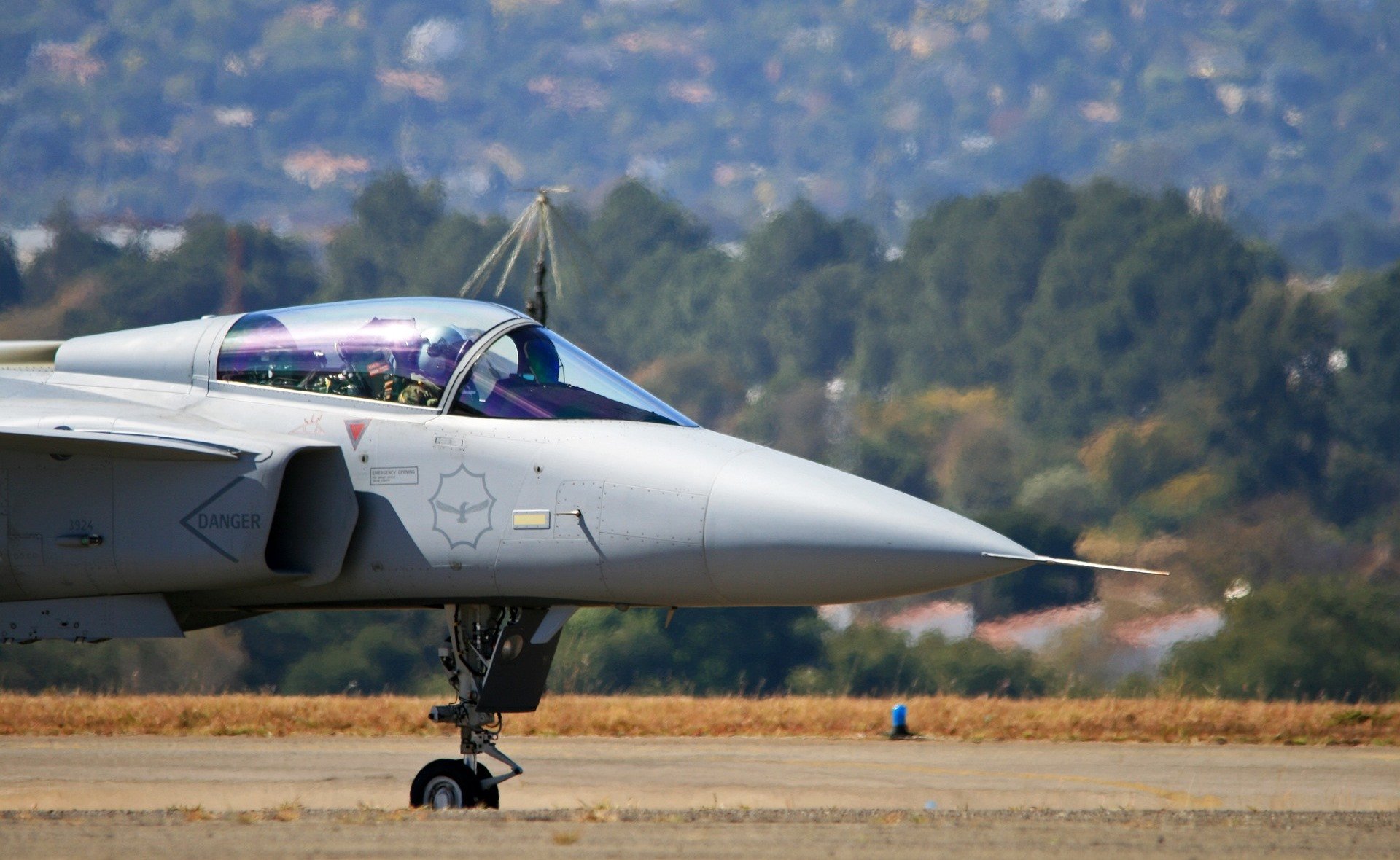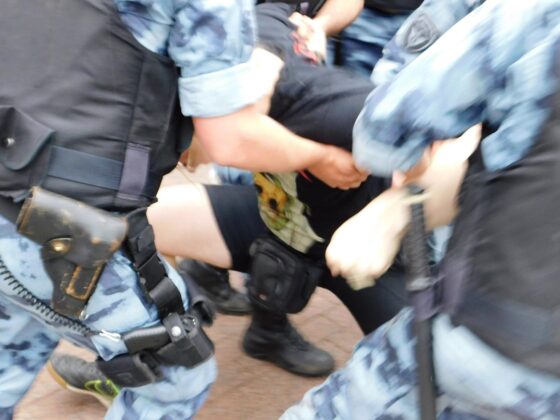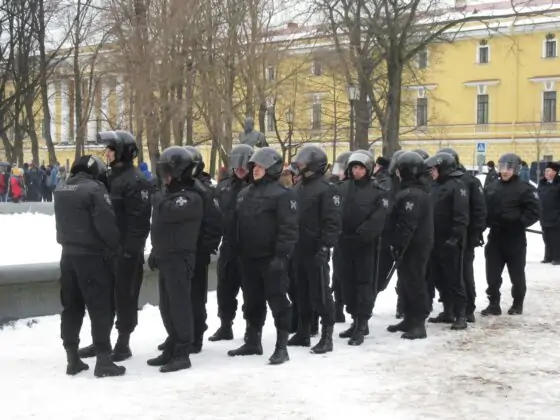(PONARS Eurasia Commentary) The demands to provide a no-fly zone (NFZ) over Ukraine will most probably not lead to its introduction. Yet, they need to continue as they might be able to bring positive results for the defense of Ukraine in other ways. It has now been made clear by the West/NATO/Unites States that they are not contemplating the introduction of an NFZ over Ukraine. Their absolute imperative, which clearly takes priority over aiding Ukraine, is to keep their personnel out of Ukraine (including its air space) and minimize chances for possible, even accidental, direct confrontation with Russian military forces. This seems to be cast in stone.
There is no evidence that the increased pressure, be it from Ukraine—President Volodymyr Zelensky just made a passionate, practically angry appeal, accusing NATO of cowardness and short-sightedness, with the parliament joining his chorus—or its most fervent supporters around the world. That being said, these calls should not be dropped. These demands serve a positive purpose, even in the face of evidence of the NFZ not being introduced. First, they keep the global and regional focus on the need to help Ukraine in general, including, immediately, defensively. If not the NFZ, the boundaries of military assistance can and must be expanded. In other words, for Western decisionmakers, the question is: if we cannot deliver the NFZ, then what can we deliver that we have not yet? There is room in thinking about this, no doubt.
The incessant flow of mobile antitank launchers like Javelins and other Light Anti-tank Weapons (LAWs or NLAWs) has been ongoing for a while. We see they have made quite a difference for the defenders of Ukraine. The Russian occupation forces have sustained heavy losses of their armored vehicles. The supply of NLAWs, therefore, should be accelerated. The decision on the supply of Stingers (MANPADS) came late. They would have made a difference in the first days of the war. The Russian military has been seen relying on helicopters (to fire on Ukrainian positions and perform operations), a realm that Stingers excel in. They can bring down attack airplanes, too, if they are at lower altitudes. The pace of delivery to Ukrainian troops is vital.
The refusal to offer an NFZ may help unlock the situation with the supply of fighter jets to Ukraine. The EU has initiated a limited transfer of around 70 fighter jets from the stockpiles of three Eastern European countries (all NATO members). Unfortunately, since that announcement was made, it has become clear that there are barriers to doing this. Would such a supply mean intervention by NATO in the eyes of Moscow? How do you deliver them to Ukraine? These hurdles can be assessed and removed if there is a political will. People here in Ukraine say: if not the NFZ, then at least provide Ukrainians with those airplanes. Ukrainian pilots will fly those the same as they learned to use antitank rifles and other types of military equipment provided by the West.
Surprisingly, Russia has not enjoyed total domination of Ukrainian skies in the first stretch of this war. The Ukrainian air force has proven brave and effective. The addition of even several dozens more jet fighters can go a long way in helping Ukraine defend itself more. In the first days of the war, Ukrainian anti-aircraft units performed much better than expected—against all sorts of targets, from planes to helicopters to drones. Ukrainians have the capacity to utilize defense equipment quickly and professionally.
There are various types of weapons systems that Ukraine needs but will most probably not receive. These include defensive missile systems, such as the Patriot, or surface-to-sea missile systems. Creating something similar to an Iron Dome over Ukraine is out of the question. Improving Ukraine’s naval power is not going to happen now. But many other types of military assistance can be considered, with the theme of pushing for an NFZ helpful here as a lever to press Ukraine’s allies to provide more.











